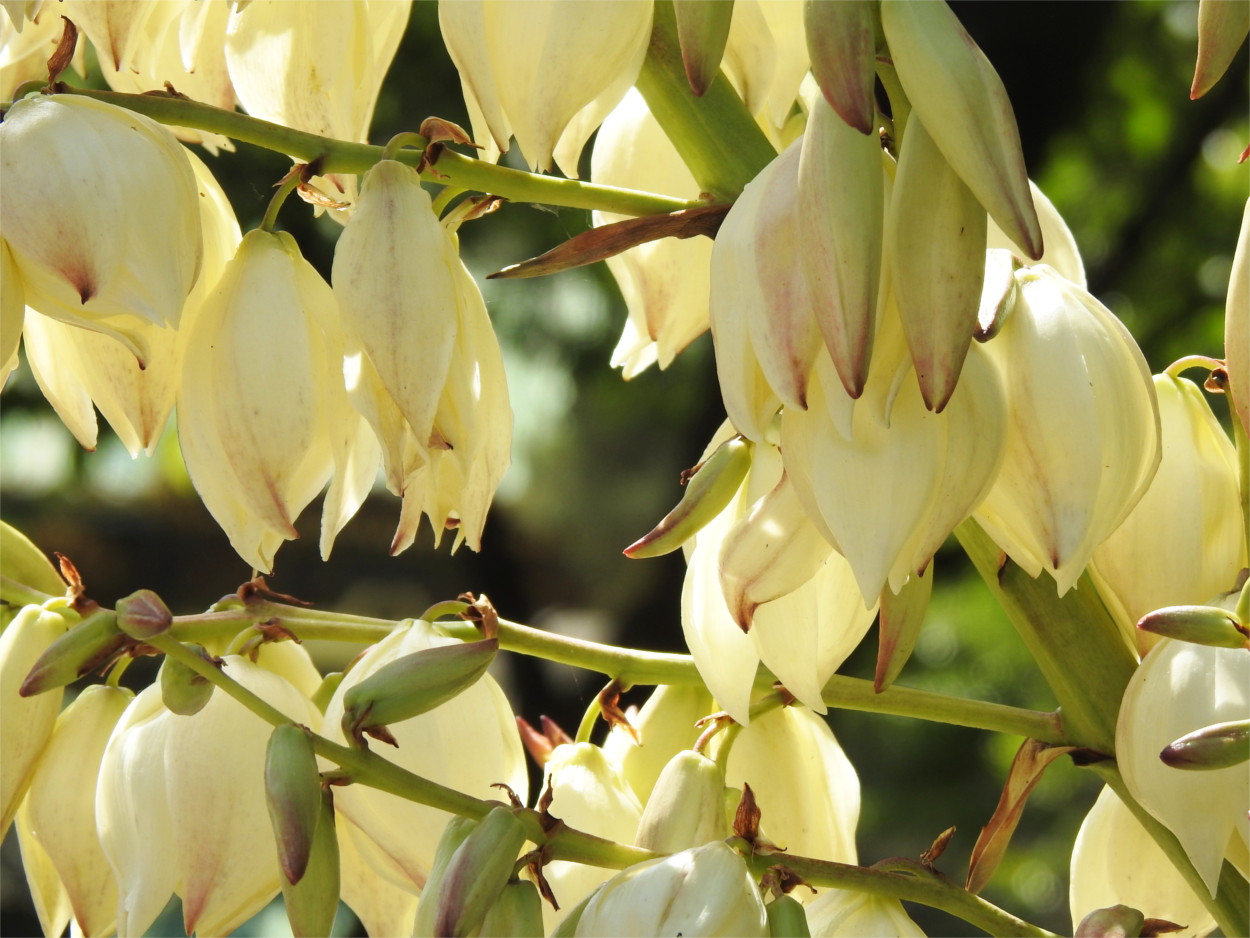Arriving in Tokyo when masses of azaleas had begun to wither on bushes, we were free to look for other flowers in bloom. Early May is the peak of the flowering season, so we didn’t have to look hard. The walk to the Toshogu shrine inside Ueno Park is lined with low trees almost hidden by hanging white flowers. These Japanese andromeda (Pieris japonica) begin to flower in March and reach their peak flowering at the end of the season in May. The genus Pieris belongs to the family Ericaceae. Unlike the edible members of the family, cranberry and blueberry for example, plants in this genus are full of phytochemicals which are not exactly friendly to us. Knowing that one has to avoid eating all Andromeda is easy. So much easier than to learn the ways of their more complex cousins, the Rhododendron, some of which are edible and others poisonous.
Tag: Ericaceae
Mad honey flower?
Mad honey is honey produced by bees which forage among Rhododendron. One has to be careful with the heather family of plants, Ericaceae. Although the family has everyday members like blueberries and cranberries, there are many relatives who are not above producing a little poison. These neurotoxins, the grayanotoxins, can make you very sick without killing you. But in low doses they are hallucinogenic. Mad honey, a small batch specialty from Nepal, contains nectar infused with grayanotxins from many species of rhodo. Interestingly, the buransh (R. arboreum with its dark red flowers) contains only very small quantities of these toxins. That’s why drinking the juice commonly available in Uttarakhand is neither toxic nor hallucinogenic. All this background did not help me to identify the rhodo flowers which I saw in a mild December in Darjeeling’s botanical garden.

